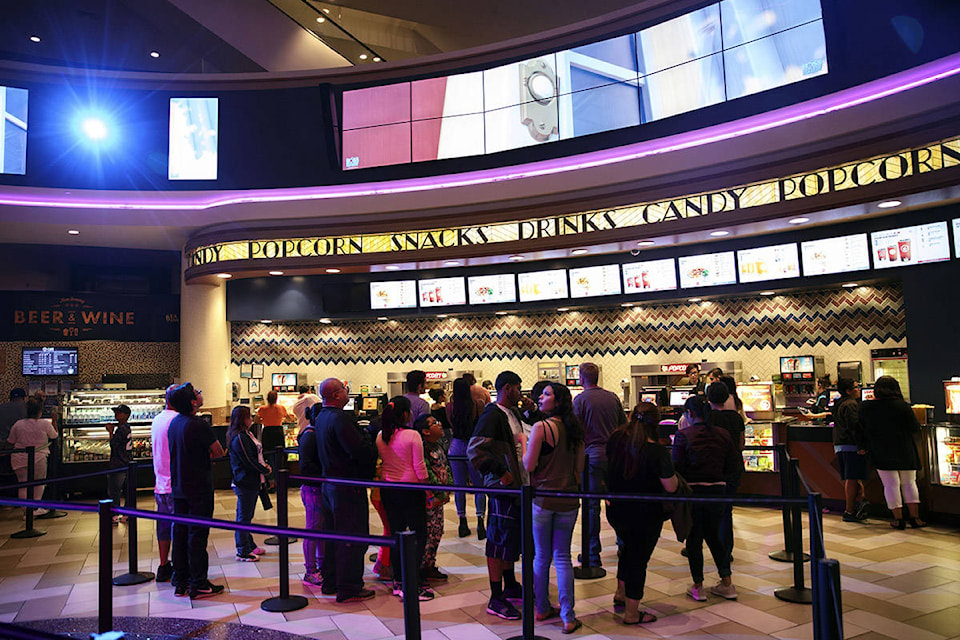This Christmas, Hollywood’s major film releases are competing for Americans’ entertainment time with a slew of new shows on Netflix - and all those television series that slipped through the cracks during the year.
Yet many of those films - Aquaman, Bumblebee, Mary Poppins Returns - are projected to do big business in theatres, with Aquaman already winning the weekend with a strong $68 million opening through Sunday. Their success will cap a record-breaking year at the box office, upending the conventional wisdom that movie theatres’ relevance is fading.
Movie-ticket revenue in the United States has risen eight per cent in 2018. That puts the industry on track for the largest year-to-year increase of the domestic box office in nearly a decade - and suggests that, surprisingly, theatres can more than hold their own in the age of widespread at-home entertainment.
But the news also comes with significant dark clouds. Industry experts say that a future for the movie theatre - a venue that Americans have for the past century pridefully counted as both an economic engine and cultural gathering spot - may be far from assured.
Those clouds include the fact that fewer movies are powering the box-office returns: Well over a third of revenue for 2018 comes from just 10 films, out of the more than 700 released during the year. And it’s primarily just two categories - superhero adventures and animated films - keeping the numbers afloat.
Some industry insiders even suspect some of the gains were driven by MoviePass, the beleaguered subscription service that essentially provided heavy subsidies to millions of filmgoers in the first half of 2018, when box office particularly overperformed.
“We’ve certainly had a strong year at the box office,” said Bruce Nash, a longtime expert on box-office returns who runs an industry site called the Numbers. “But there are a lot of signs this can’t continue. I think we’re going to regress to the mean very soon.”
The box office is an unusual economic indicator. It only partly reveals the financial health of film studios, as it fails to take into account production and marketing costs, both of which have been rising in recent years.
But it offers a window onto something perhaps more important: whether those studios understand the entertainment that Americans wish to consume. And, lately, whether Americans still value the country’s 41,000 movie theatre screens, period.
In 2017, the numbers were stark. Box-office dollars went down, by 2 percent, a historically troubling sign given that ticket prices and the U.S. population grow every year. Admissions - the industry term for the number of tickets sold - dropped 6 percent to 1.24 billion, the lowest in 23 years.
This all coincided with an 11 percent spike in the number of Netflix subscribers in the United States, a gain that put the streaming service’s tally of U.S. consumers above the 50 million mark for the first time. And Netflix, of course, is opposed to playing movies in a large amount of theatres.
The die seemed cast: theatres were losing ground to streaming services, and fast.
But in February, the Marvel movie Black Panther opened. And suddenly, the tide seemed to turn.
The politically minded superhero release would gross $700 million in the United States, the third most of all time.
It was followed two months later by another Marvel Studios production, Avengers: Infinity War. That film would gross $679 million - the fourth most of all time in the United States.
